Carboniferous
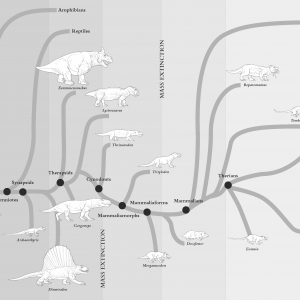
Episode 126: Beasts Before Us
Published on June 16th, 2021 | by David Marshall
Our very own Dr Elsa Panciroli comes on the show to discuss her new book 'Beasts Before Us'... Read More →

The Mesozoic era, meaning “middle life”, is a division of earth’s history spanning from around 252 to 66 million years ago. It is subdivided into the Triassic, Jurassic and Cretaceous periods. The beginning of the Mesozoic is characterised by a long phase of recovery following the end Permian mass extinction. The end of the Mesozoic is marked by the Cretaceous/Paleogene extinction event which wiped out the dinosaurs among other groups.

Published on June 16th, 2021 | by David Marshall
Our very own Dr Elsa Panciroli comes on the show to discuss her new book 'Beasts Before Us'... Read More →
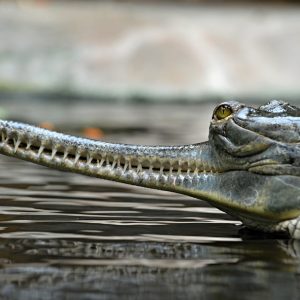
Published on April 15th, 2021 | by David Marshall
We look at rates of evolutionary innovation in crocodiles through time with Dr Tom Stubbs... Read More →
Published on March 16th, 2021 | by Elsa Panciroli
Terrestrial life as we know it couldn’t exist without soil. Soil is a layer of minerals, organic matter, liquids, gasses and organisms that not only provides a medium for plant growth, but also modifies the atmosphere, [&hellip... Read More →
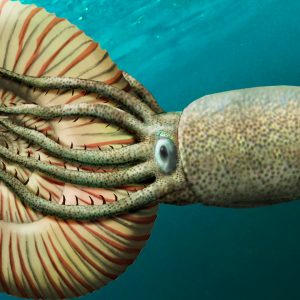
Published on February 1st, 2021 | by David Marshall
When an ammonite loses its shell, what kind of anatomical information can be found lying beneath? With Prof. Christian Klug... Read More →
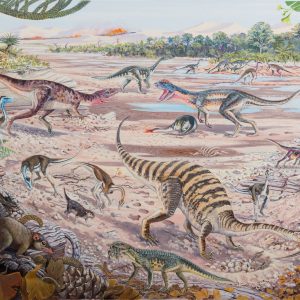
Published on December 1st, 2020 | by Elsa Panciroli
Dr Kimi Chappelle discusses the growth and development of Massospondylus, a South African sauropodomorph... Read More →
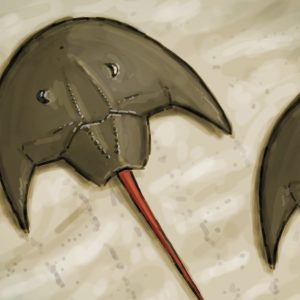
Published on July 31st, 2020 | by David Marshall
Dr Russell Bicknell joins to examine the evolutionary history of the horseshoe crabs... Read More →
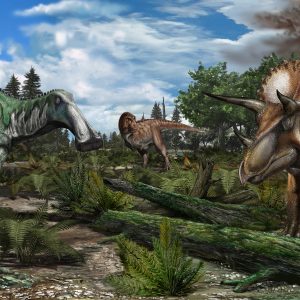
Published on June 29th, 2020 | by Liz Martin-Silverstone
Was it the asteroid impact or volcanism that killed the dinosaurs... Read More →
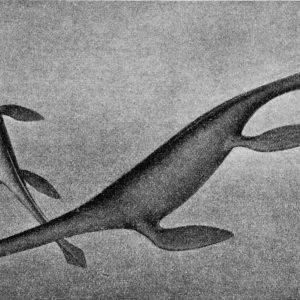
Published on March 1st, 2020 | by David Marshall
Plesiosaurs are some of the most easily recognisable animals in the fossil record. Simply uttering the words ‘Loch Ness Monster’ can conjure a reasonably accurate image of what they look like. Thanks to palaeoart, it’s also [&hellip... Read More →
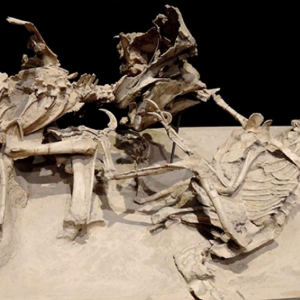
Published on February 7th, 2020 | by Guest Blogger
Mongolia’s ancient underbelly had proved so productive that after suspending fieldwork for one year, the Polish returned in 1967 for another three year stint. This was a smaller scale operation, like in 1963, aimed not at [&hellip... Read More →
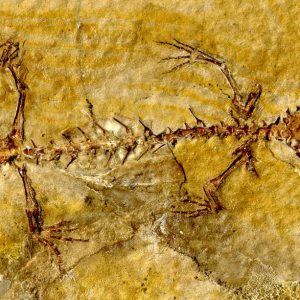
Published on January 1st, 2020 | by Elsa Panciroli
Herpetology is the study of reptiles, amphibians and caecilians. This includes frogs, salamanders, crocodiles, snakes, lizards and tuatara, to name just a few. These cold-blooded tetrapods have an evolutionary history that reaches back to the Carboniferous. [&hellip... Read More →